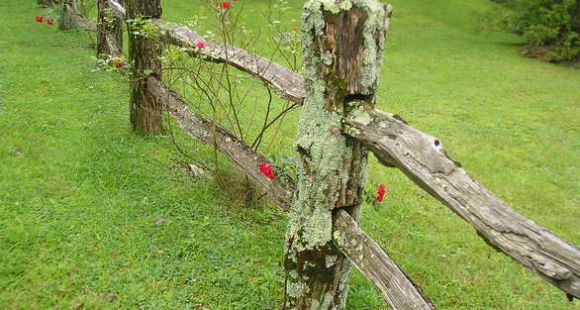As the Utah Supreme Court once observed, “‘[i]n the beginning God created the heaven and the earth,’ Genesis 1:1, and families have been fighting over them ever since.” Rawlings v. Rawlings, 2015 UT 85, ¶1, 358 P.3d 1103. Indeed, disputes over land, particularly boundaries of land, are commonplace in courts throughout the country. The difficulty in some of these cases is the lack of formal documentation, such as deeds and measurements. For example, if A and B are neighbors and have always treated a certain stream as the boundary between their properties for 50 years, does the stream become the actual boundary? Suppose B finds out that the original deed to his property reflects that he owns a portion of A’s land beyond the stream, will court’s enforce that deed?
The answer is probably not, due to the doctrine of “boundary by acquiescence.” Boundary by acquiescence is the rule that if two landowners agree to a certain boundary between their parcels of land for a long period of time, that boundary becomes the legal boundary regardless of what the deeds may reflect. So, in the example above, a court would likely hold that the stream is still the legal boundary, even though B’s deed reflects otherwise.
In Utah, establishment of boundary by acquiescence requires (i) occupation up to a visible line marked by monuments, fences, or buildings, (ii) mutual acquiescence in the line as a boundary, (iii) for a period of at least 20 years, (iv) by adjoining landowners. When boundary by acquiescence applies is one of the questions the Utah Supreme Court recently addressed in Q-2 L.L.C. v. Hughes, 2016 UT 8.
In Hughes, the Hughes family and their neighbor disputed the east/west boundary of their lands. The parties, or their predecessors, had used an old fence running north to south as the boundary between the parcels from 1927 to 1971. However, this fence was actually on the eastern property, which means the western property owners were using more land than the recorded deeds reflected. The Hughes family acquired the eastern parcel in 1998, and, by that time, the old fence had deteriorated to the point it was no longer visible. Consequently, the Hughes family used the eastern parcel past the old fence, and up to the boundary line reflected in the recorded deeds. In other words, the Hughes family was occupying property that their predecessors had considered part of the western parcel for decades (the “disputed property”).
In 2008, one of the Hughes family’s neighbors brought an action to obtain title to the disputed property. The neighbor asserted, among other things, that by 1971 it had acquired the disputed property under the doctrine of boundary by acquiescence. In response, the Hughes family asserted that the neighbor could not have obtained title via boundary by acquiescence in 1971, because the neighbor did not bring an action and obtain a judicial decree establishing that interest. Therefore, the main question presented to the Utah Supreme Court was whether the boundary by acquiescence doctrine confers title at the time the elements of the doctrine are satisfied, or only after judicial decree.
The court acknowledged the concern that by not requiring a judicial determination for transfer of title, the court was creating uncertainty for many landowners. Indeed, this means that boundaries will be shifting throughout time, without those changes being recorded and tracked. However, the court did not find this concern persuasive due to the fact that many land doctrines create unrecorded rights, all of which further the policy of promoting out-of-court resolution of disputes. Therefore, the court held that the boundary by acquiescence doctrine confers title at the time the elements of the doctrine are satisfied and that a judicial adjudication of a boundary dispute does not grant title, but merely judicially recognizes the title that has already vested under the law.

